What is Lateral Movement in Cybersecurity? Why Should You Care?

Arsalan Rathore
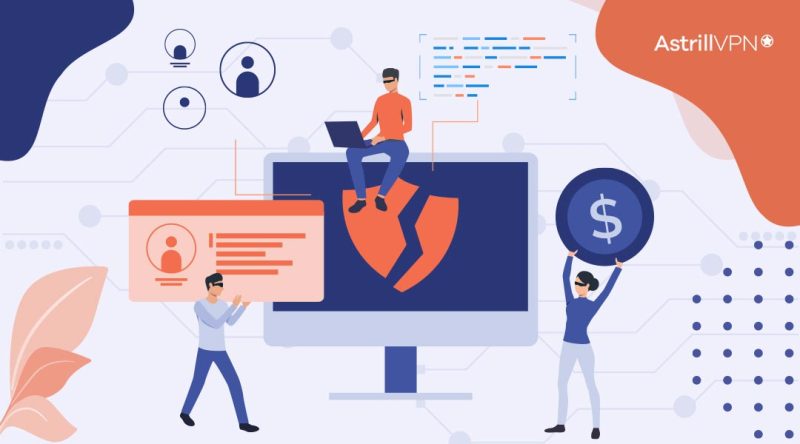
In today’s interconnected world, where cyber threats loom large, understanding and addressing the various techniques employed by cybercriminals is crucial. One such technique that has gained significant attention recently is “lateral movement” in cybersecurity. This article aims to clearly define lateral movement and shed light on its importance in cybersecurity.
Table of Contents
What is the Lateral Movement in Cybersecurity?
Lateral movement in cyber security refers to an attacker’s lateral or horizontal spread within a compromised network or system. Once an initial foothold is established, either through a successful infiltration or the exploitation of vulnerabilities, adversaries seek to expand their control and access to valuable resources within the network. Lateral movement involves navigating one compromised device to another to reach high-value targets, such as critical data repositories, privileged accounts, or sensitive systems.
Attackers employ various methods to execute lateral movement. They exploit weaknesses in network configurations, leverage compromised credentials, abuse trust relationships between systems, or utilize advanced malware to pivot through the network infrastructure. By traversing laterally, attackers can circumvent security controls, bypass monitoring mechanisms, and gain deeper access to an organization’s assets.
Concept and Importance of Lateral Movement
Now that you know the lateral movement meaning, understanding the concept of lateral movement becomes paramount for several reasons. Firstly, lateral movement represents a critical phase in the cyber kill chain, which outlines the stages of a successful cyber attack. Cybersecurity professionals can better anticipate and mitigate potential threats by comprehending how attackers move within a network.
Secondly, lateral movement is a key indicator of a sophisticated and persistent attack. Advanced threat actors often employ lateral movement techniques to maintain a stealthy presence within a compromised network, evading detection and extending their dwell time. By recognizing the signs of lateral movement, organizations can enhance their incident response capabilities and reduce the impact of a breach.
The lateral movement emphasizes the importance of network segmentation and access controls. By implementing proper segmentation and restricting lateral movement, organizations can limit the lateral spread of an attack, mitigating the potential damage that adversaries can inflict.
It highlights the necessity of robust detection and monitoring capabilities. Organizations must deploy advanced intrusion detection and prevention systems, security information, and event management (SIEM) solutions to identify suspicious lateral movement activities. Proactive monitoring and real-time threat intelligence enable early lateral movement detection and response, helping to minimize the impact of an attack.
How Lateral movement happens?
Lateral movement in cybersecurity occurs through various techniques and tactics attackers employ to navigate within a compromised network. Understanding these methods is essential for effective defense and detection. Here are some standard techniques used for lateral movement:
1. Exploiting Vulnerabilities
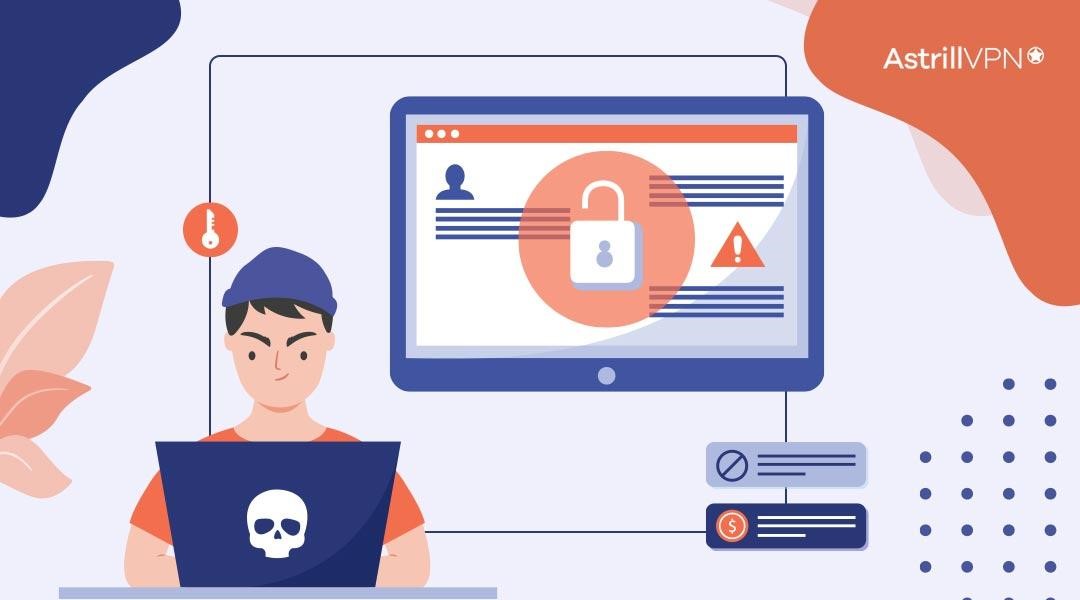
Attackers search for vulnerabilities in software, operating systems, or network configurations. They exploit these weaknesses to gain initial access to a system. Once inside, they seek opportunities to move laterally by leveraging additional vulnerabilities within the network. This could involve exploiting unpatched software, misconfigurations, or weak security controls.
2. Credential Theft

Attackers employ various methods to steal valid credentials. Phishing emails, social engineering, keyloggers, or password-cracking techniques are used to obtain usernames and passwords. With compromised credentials, attackers can move laterally across systems, using legitimate accounts to bypass security measures and gain access to sensitive resources.
3. Pass-the-Hash/Pass-the-Ticket
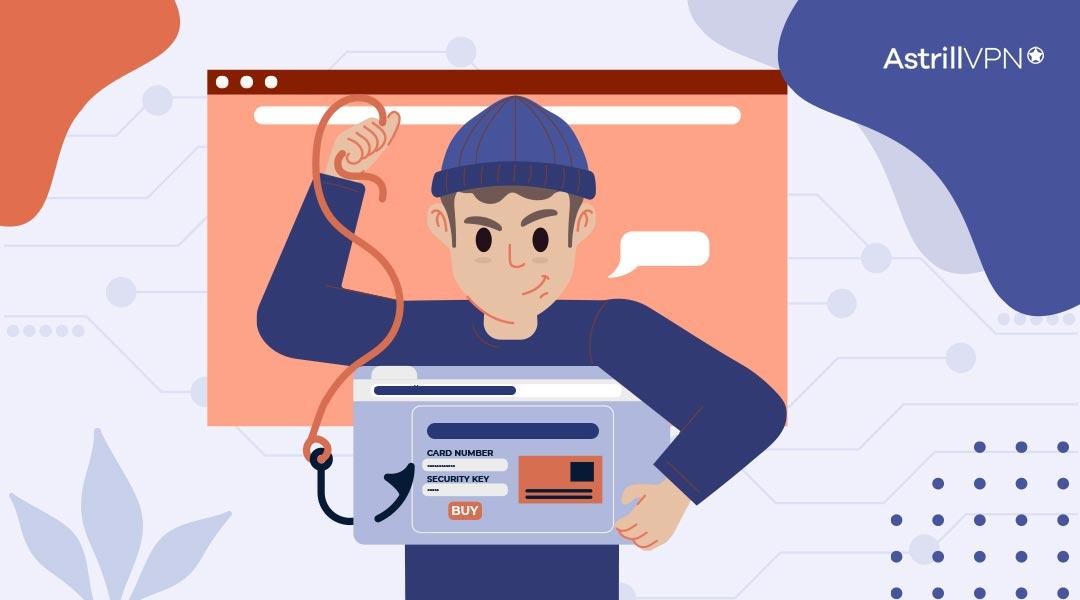
These techniques involve stealing hashed credentials or Kerberos tickets from a compromised system. Attackers extract these credentials from memory or local storage and use them to authenticate and move laterally within the network, impersonating legitimate users without passwords.
4. Exploiting Trust Relationships
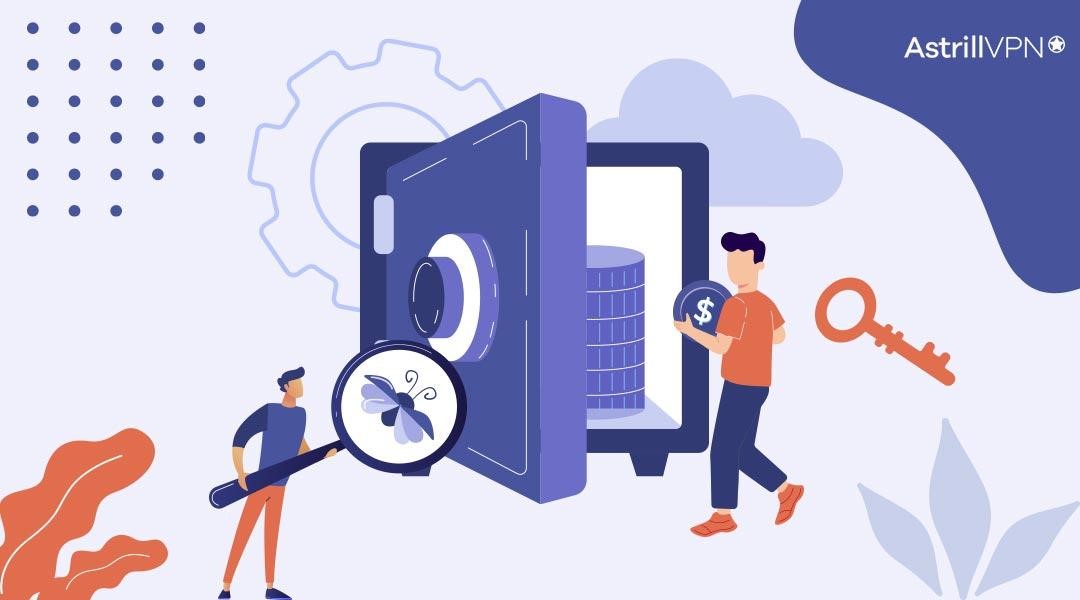
In environments where trust relationships exist between systems or domains, attackers can exploit these trusted connections to move laterally without raising suspicion. They target weak or misconfigured trust configurations to gain unauthorized access to systems or domains that rely on these relationships.
5. Remote Desktop Protocol (RDP) Exploitation

If attackers gain access to a system with enabled Remote Desktop Protocol, they can use it as a launching point to move laterally to other systems accessible via RDP. They may employ brute force attacks, password spraying, or exploit weak credentials to gain RDP access and pivot to other systems.
6. Lateral Movement Tools
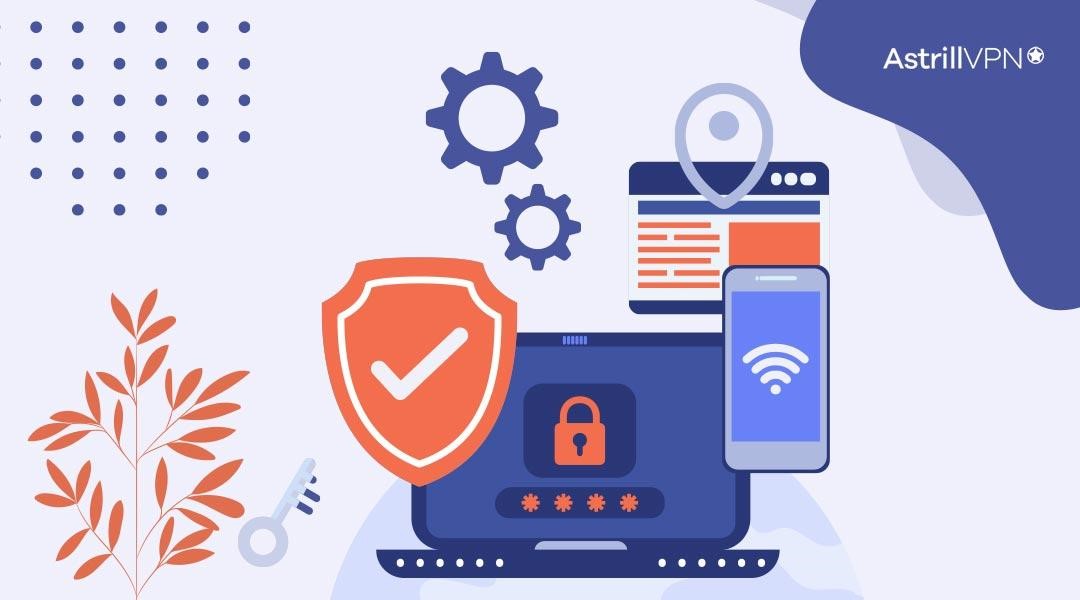
Attackers often use specialized tools designed to aid lateral movement. These tools include PowerShell scripts, remote administration tools, living-off-the-land binaries (e.g., PsExec, WMI, SSH), and other command-line utilities. These tools allow attackers to execute commands, access other systems, and move laterally within the network while evading detection.
7. Malware Propagation

Malware can facilitate lateral movement by infecting multiple systems within a network. Once deployed on one system, the malware can use various techniques (e.g., exploiting vulnerabilities, utilizing stolen credentials) to propagate and spread to other connected systems. Worms, botnets, or fileless malware can be used for lateral movement.
Which types of attacks leverage lateral movement?
Lateral movement is a crucial tactic attackers employ to accomplish their malicious objectives within a compromised network. Here are some common attack techniques that involve lateral movement:
Ransomware
The primary goal of ransomware attackers is to infect as many devices as possible to maximize their leverage when extorting a ransom. They specifically target internal servers that house vital data for an organization’s day-to-day operations.
By focusing on these servers, the attackers ensure that once the ransomware is triggered, it inflicts severe damage on the organization’s functioning, temporarily disrupting its normal processes.
Advanced Persistent Threats (APTs)
APTs are sophisticated and targeted attacks orchestrated by well-resourced threat actors, such as nation-states or organized cybercriminal groups. APTs often employ lateral movement to establish a persistent presence within a network, move laterally to higher-value assets, and maintain stealthy access for an extended period. They carefully navigate through the network, evading detection and expanding their control.
Credential-Based Attacks
Attackers frequently utilize lateral movement to exploit stolen or compromised credentials. It is one of the most widely used lateral movement examples. Techniques like phishing, social engineering, or brute-forcing weak passwords can compromise user accounts. Once credentials are obtained, attackers move laterally within the network, leveraging legitimate accounts to escalate privileges and gain access to sensitive resources.
Fileless Malware
It refers to malicious code that resides only in memory, leaving little to no footprint on the compromised system’s disk. Attackers may use file-less malware to gain initial access to a system and then employ lateral movement techniques to propagate the malware across the network. This attack evades traditional detection methods by operating in memory and can quickly spread to multiple systems.
Remote Desktop Protocol (RDP) Exploitation
RDP exploitation attacks involve compromising a system with enabled Remote Desktop Protocol. Attackers leverage this initial access point to move laterally to other systems accessible via RDP. They may use various techniques, such as password spraying, brute-forcing, or exploiting weak credentials, to gain RDP access and pivot through the network.
Exploitation of Vulnerabilities
Attackers exploit software, operating systems, or network configuration vulnerabilities to gain a foothold within a network. Once inside, they pivot and move laterally to other systems, taking advantage of additional vulnerabilities to broaden their control and access sensitive data or resources.
Malware Propagation
Malware, such as worms or botnets, can facilitate lateral movement by infecting one system and spreading to other connected systems within the network. Through various techniques, such as exploiting vulnerabilities or utilizing compromised credentials, the malware enables attackers to move laterally, potentially compromising multiple systems.
The 5 Stages of Lateral Movement
Understanding the five lateral movement stages is crucial for detecting and responding to cyber-attacks effectively. These stages represent attackers’ sequential steps to navigate a compromised network and gain access to valuable resources. By familiarizing yourself with these stages, you can better identify and mitigate lateral movement attempts. Here are the five stages:
1. Initial Compromise
The first stage involves the initial compromise of a system within the network. This can occur through various attack vectors, such as phishing emails, exploit kits, or social engineering techniques. The attacker gains a foothold by exploiting vulnerabilities, planting malware, or obtaining unauthorized access.
2. Internal Reconnaissance
Once inside the network, the attacker conducts internal reconnaissance to gather information about the network’s structure, systems, and potential targets. They explore the compromised system, identify other devices and resources, and map the network’s layout. This reconnaissance helps them plan their lateral movement strategy.
3. Lateral Movement
In this stage, the attacker starts moving laterally across the network, seeking to expand their control and access different systems. They exploit vulnerabilities, steal credentials, or use compromised accounts to pivot from one system to another. The goal is to gain access to higher-value targets and escalate privileges.
4. Persistence
After successfully moving laterally and compromising additional systems, the attacker focuses on establishing persistence. They ensure their access remains undetected and can be maintained even if certain systems are patched, or passwords are changed. This may involve creating backdoors, installing remote access tools, or manipulating system configurations.
5. Data Exfiltration or Exploitation
In the final stage, the attacker either exfiltrates valuable data from the network or exploits their control over compromised systems to carry out specific actions. Data exfiltration involves stealing sensitive information, such as customer data or intellectual property, for malicious purposes. Exploitation can include launching further attacks, conducting sabotage, or causing disruption within the network.
How To Detect and Prevent Lateral Movement
Detecting lateral movement attack and preventing it within a network requires a comprehensive approach. Here are detailed strategies to effectively detect and prevent lateral movement:
1. Network Monitoring and Analysis
Implement robust monitoring tools that capture and analyze network traffic. Utilize intrusion detection systems (IDS) and intrusion prevention systems (IPS) to detect anomalies, such as unusual connection requests, unauthorized port scans, or unusual data transfer patterns.
2. Endpoint Protection
Deploy advanced endpoint protection solutions, including next-generation antivirus software, host-based intrusion detection and prevention systems (HIDS/HIPS), and endpoint detection and response (EDR) tools. These solutions can detect and block malicious activities on individual devices, preventing lateral movement attacks.
3. User and Entity Behavior Analytics (UEBA)
Utilize UEBA tools that leverage machine learning algorithms to establish baseline behavior patterns for users and systems. These tools can identify deviations and anomalies, such as abnormal access patterns or unusual data transfers, which may indicate lateral movement attempts.
4. Privileged Access Management (PAM)
Implement a robust PAM solution to control and monitor privileged accounts and access to critical systems. Enforce the principle of least privilege, granting privileged access only when necessary, and monitor privileged account activities for any signs of unauthorized lateral movement.
5. Network Segmentation
Employ network segmentation to divide the network into isolated segments logically. Implement strict access controls and firewall rules between segments to limit lateral movement attacks. This prevents attackers from freely traversing the network and containing the impact of any compromise.
6. Strong Authentication and Access Controls
Enforce strong authentication mechanisms, including multi-factor authentication (MFA), to protect user accounts. Implement role-based access controls (RBAC) and enforce the principle of least privilege to minimize lateral movement attacks. Additionally, regularly review and revoke unnecessary user privileges.
7. Using a VPN for Remote Access
Utilize a VPN for secure remote access to the network. VPNs encrypt communication channels, preventing attackers from eavesdropping on sensitive data and potentially gaining access to the network. Ensure the VPN is properly configured, and enforce strong authentication for remote users.
AstrillVPN offers top-of-the-line security features along with AES 256-bit encryption, which safeguards your connection well. With AstrillVPN, your network will always remain secure, and you will always remain anonymous online.
8. Patch Management
Establish a comprehensive patch management process to promptly apply security patches and updates to all systems, applications, and network devices. Regularly patching vulnerabilities reduces the risk of exploitation and limits the avenues for lateral movement.
9. Security Awareness and Training
Conduct regular lateral movement security awareness training programs for employees to educate them about the risks of phishing, social engineering, and other attack vectors used for lateral movement. Encourage employees to report suspicious activities promptly to the IT or security team.
10. Incident Response Planning and Testing
Develop and regularly update an incident response plan with specific steps for detecting, containing, and responding to lateral movement attempts. Conduct regular tabletop exercises and simulations to test the plan’s effectiveness and ensure a coordinated response in case of a security incident.
Collaborative Efforts and Industry Initiatives in Combatting Lateral Movement
Industry initiatives and organizations have been established to promote information sharing and collective defense. These initiatives facilitate the exchange of threat intelligence and foster cooperation among stakeholders. Examples include:
● Information Sharing and Analysis Centers (ISACs)
ISACs are industry-specific organizations that enable information sharing and collaboration among organizations within a particular sector, such as finance, healthcare, or energy.
● Threat Intelligence Platforms
These platforms provide a centralized hub for sharing and accessing threat intelligence from multiple sources. They enable organizations to contribute and consume actionable intelligence related to lateral movement and other cybersecurity threats.
● Cybersecurity Collaboration Forums
These forums bring together security professionals, researchers, and organizations to discuss the latest threats, share insights, and collaborate on developing effective countermeasures.
Conclusion
The lateral movement represents a critical phase in the cyber kill chain, and its detection and prevention are crucial for effective security measures. By comprehending how attackers move within a network, organizations can anticipate and mitigate potential threats, reduce the impact of breaches, and enhance their incident response capabilities.
It is important to note that cybersecurity is an ongoing endeavor. Threat actors continuously adapt their techniques, making it imperative for organizations to stay informed, share knowledge, and collaborate within the cybersecurity community.
By actively participating in cybersecurity collaboration forums, organizations can benefit from collective expertise, gain access to timely threat intelligence, and strengthen their defense against lateral movement and other cyber threats.
Faqs:
Lateral movement attacks can compromise network security, leading to data breaches, unauthorized access, malware propagation, financial losses, and reputational damage.
Common lateral movement techniques include exploiting vulnerabilities, stolen credentials, phishing attacks, weak access controls, trust exploitation, and remote code execution.
You can detect and prevent lateral movement by implementing network segmentation, strong access controls, patching software, monitoring for suspicious activities, using IDPS, and conducting security assessments.
Tools for detecting lateral movement include IDPS, SIEM solutions, EDR, NTA tools, VPN, and threat intelligence platforms, enhancing visibility and threat detection capabilities.

No comments were posted yet